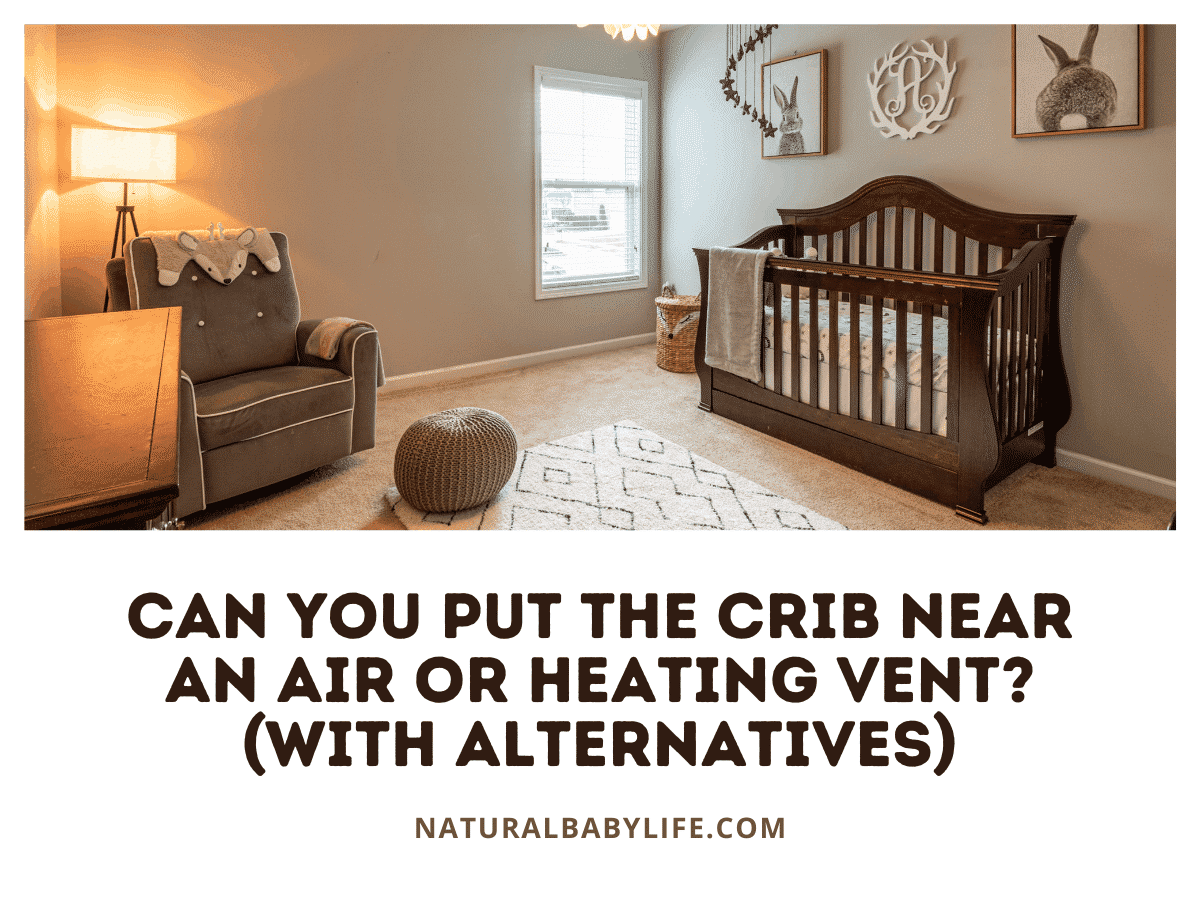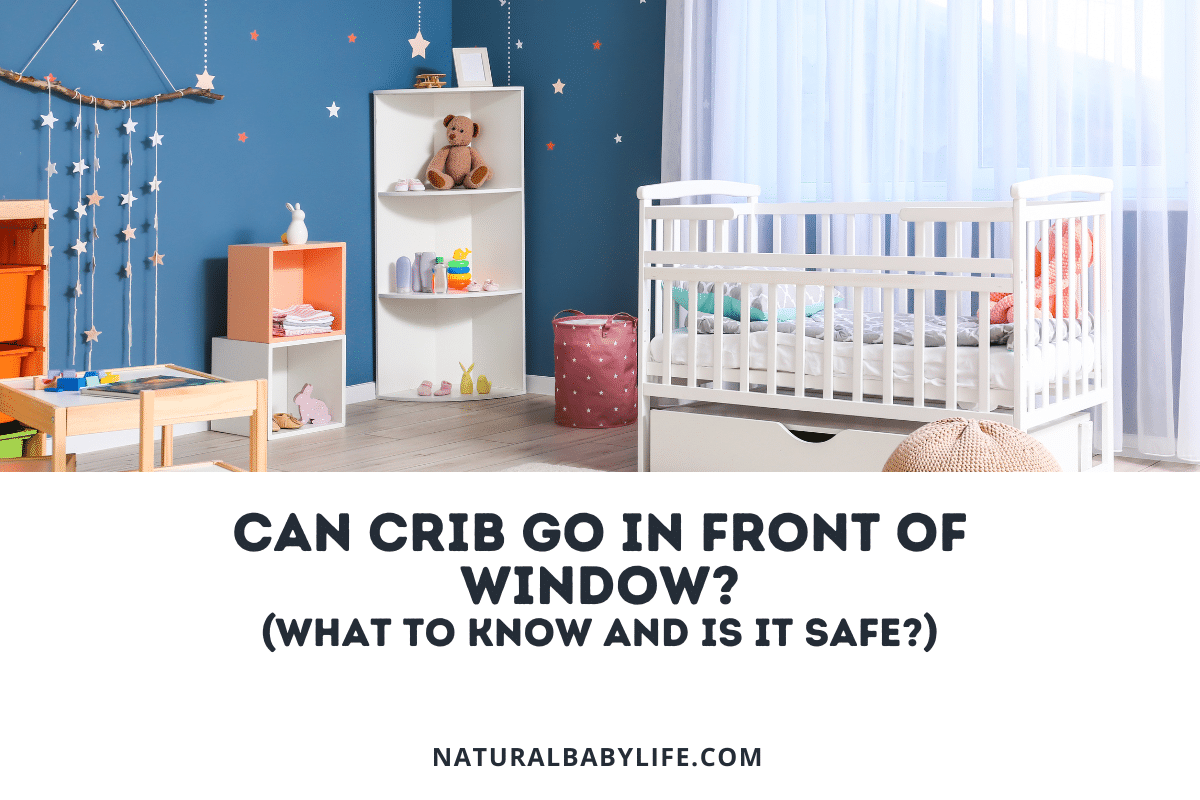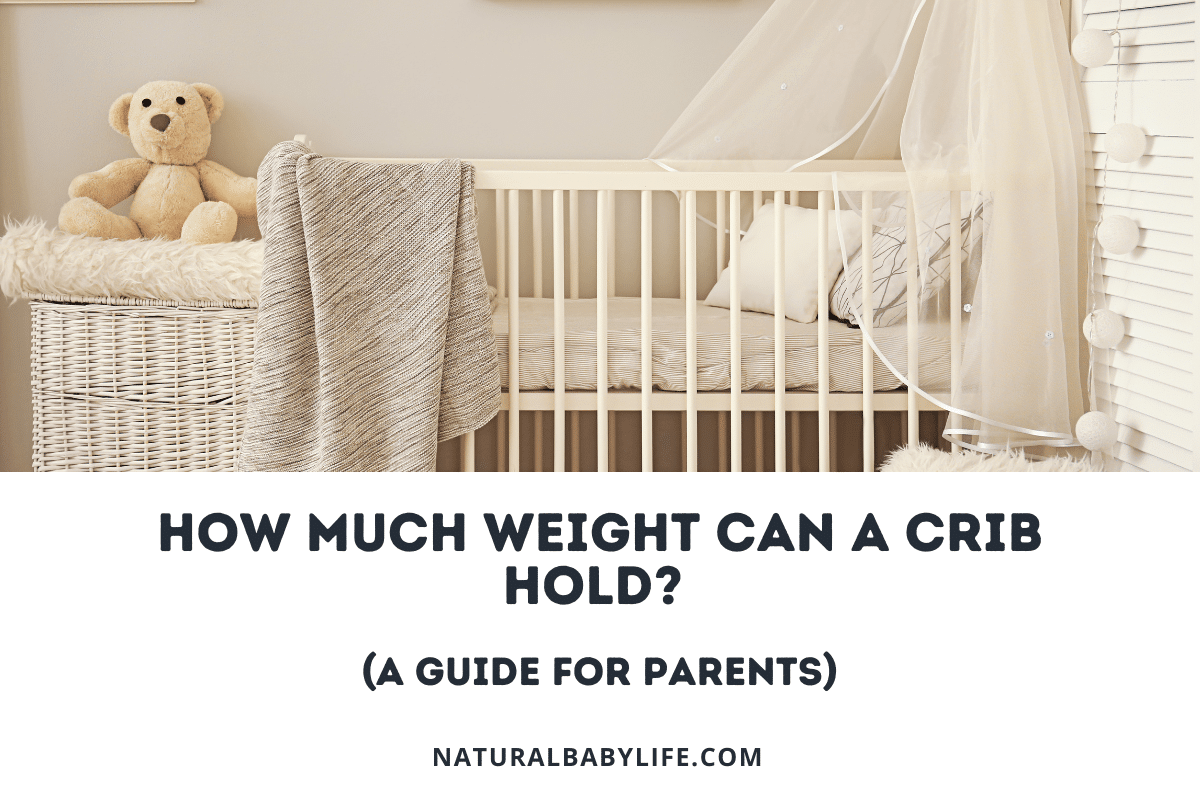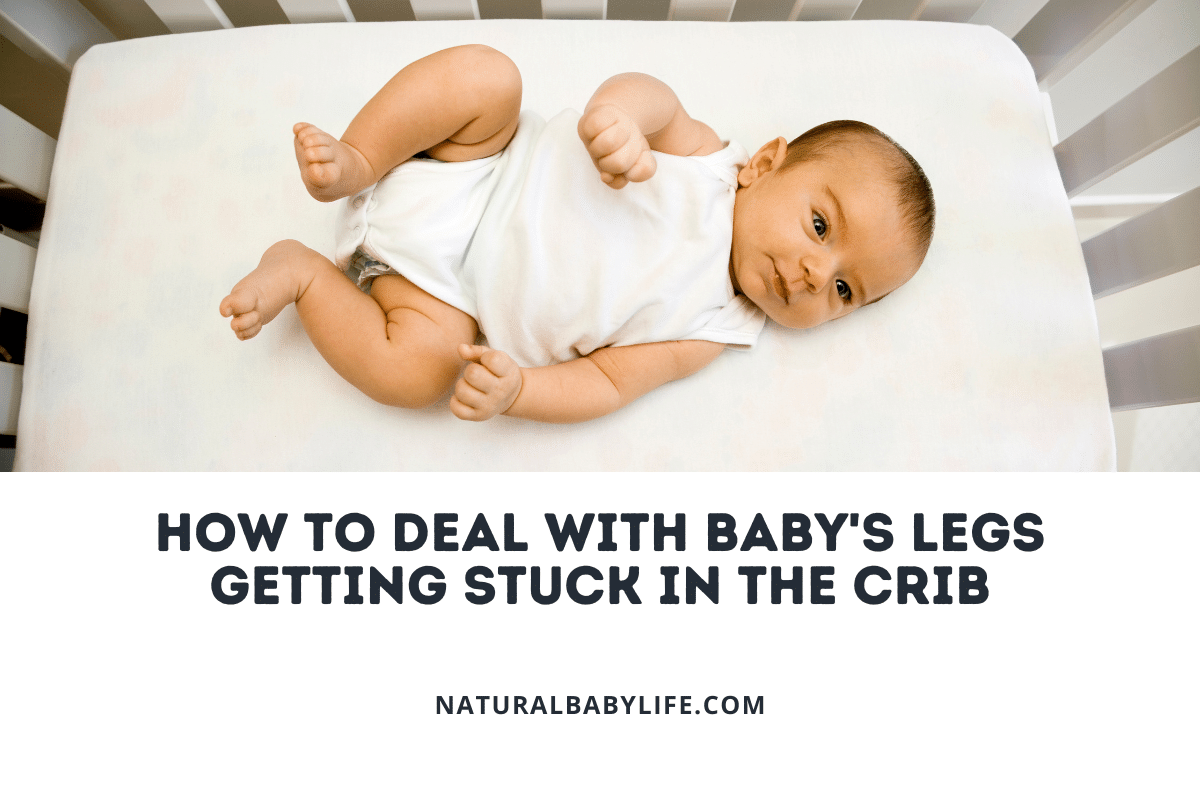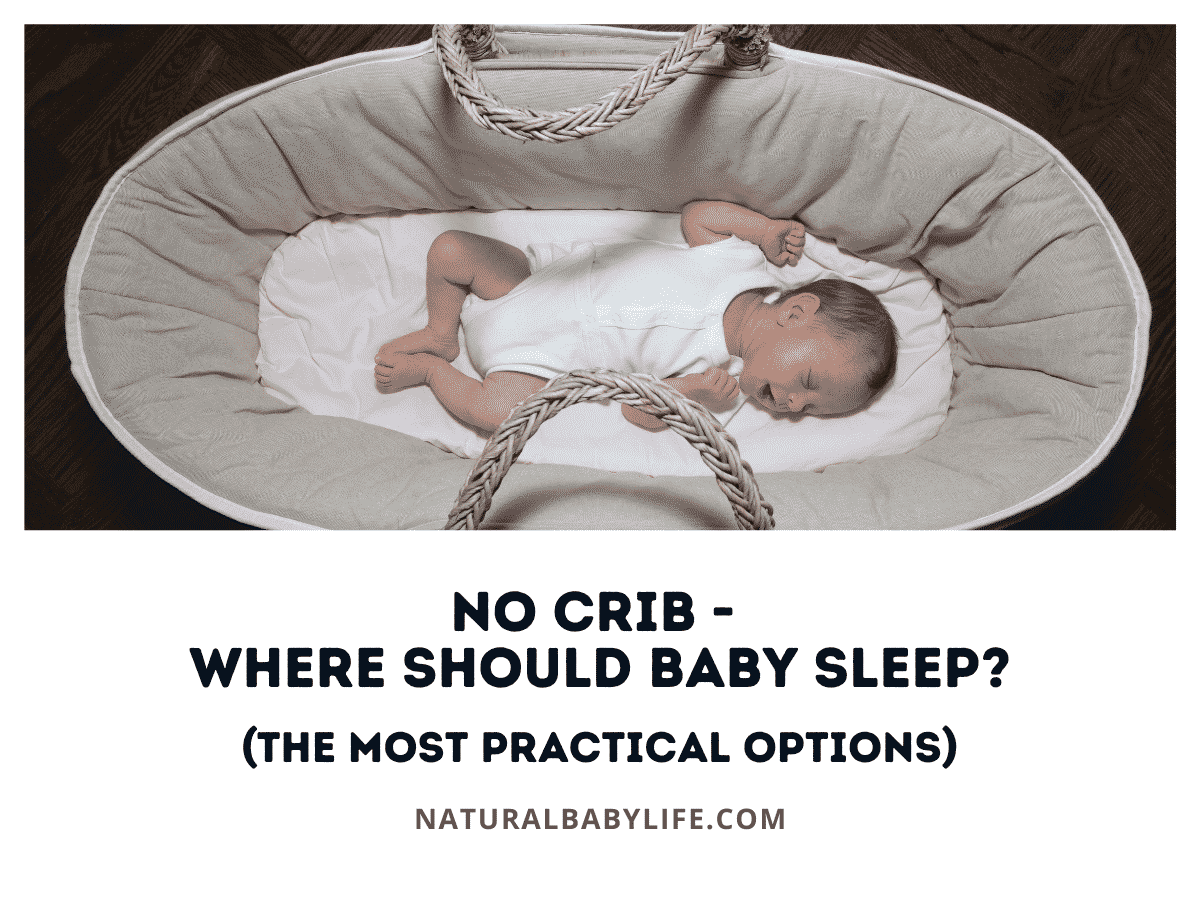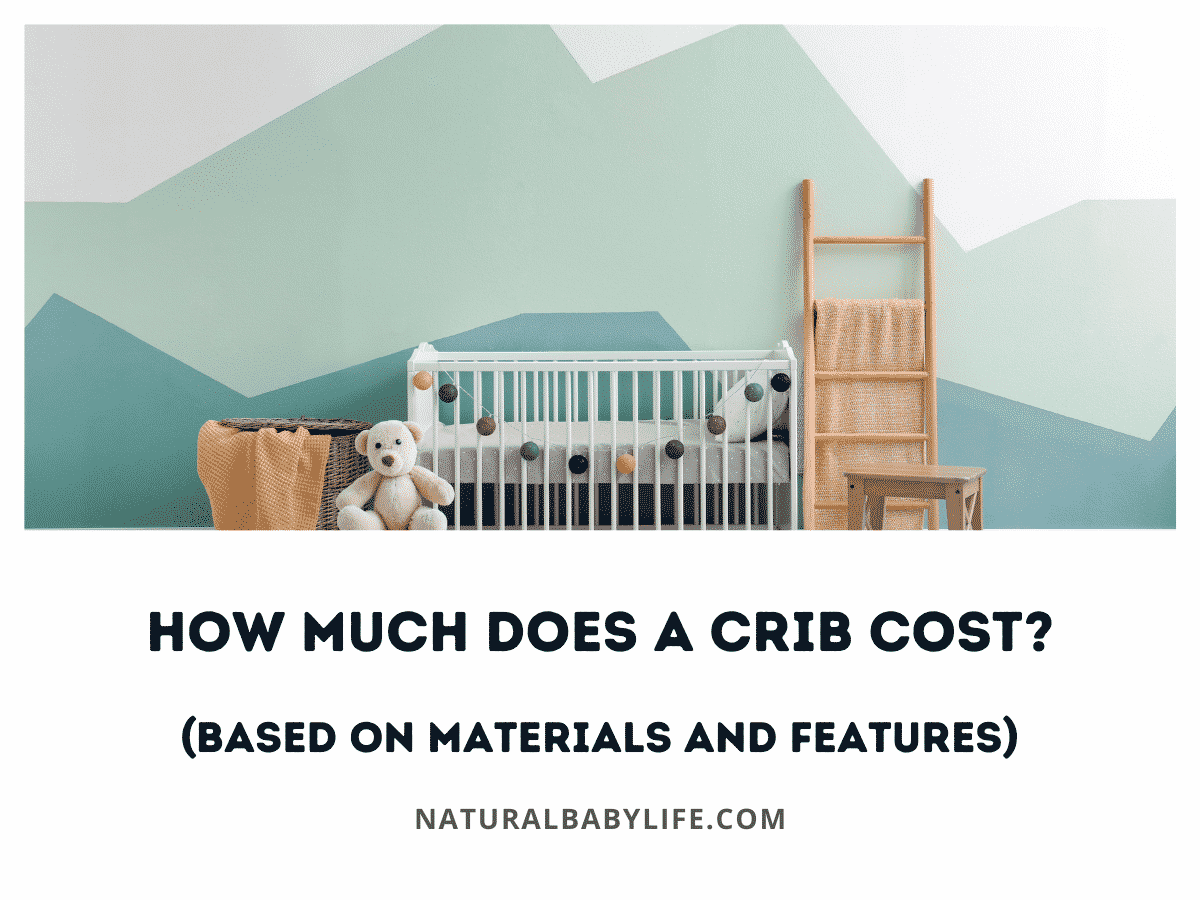Setting up the nursery can be one of the most exciting parts of baby planning. But even with all the excitement, you’re likely to have a few questions, especially when it comes to the safest place to set up your little one’s crib. Before finalizing your nursery design, make sure you know exactly what is safe for your baby’s room, and what isn’t.
Can you put the crib near an air or heating vent? Putting the crib near an air or heating vent can cause warm or cold air to blow directly on your baby, which can make it difficult for them to regulate their body temperature appropriately. It’s safest if you put your child’s crib away from an air or heating vent.
Now that you know it’s not safe to put the crib near an air or heating vent, you have to figure out where you can put it. Keep reading for tips on how to keep your baby’s crib out of the path of hot or cold air.
Table of Contents
The ideal temperature for a baby’s room
Our bodies have the remarkable ability to adjust to environmental temperature changes, making it possible for us to remain comfortable in a wide range of temperatures.
Babies haven’t quite yet mastered the ability to regulate their own body temperature perfectly, so special care needs to be taken to ensure that they remain comfortable. If a baby is in a cold environment, they can lose their body heat nearly 4 times faster than an adult. If a baby’s environment is too warm, they run the risk of getting overheated, which increases the risk for sudden infant death syndrome (SIDS).
Sudden infant death syndrome (SIDS) is the third leading cause of infant mortality in the United States. Although the cause of SIDS isn’t known, the temperature is often pointed to as a likely contributing factor. Elevated room temperature is directly correlated to SIDS, but a room temperature that is too low can also put your little one at risk of respiratory illnesses and even hypothermia.
Keeping your nursery at a safe temperature can go a long way toward making your baby comfortable, happy, and well-rested. Experts recommend that babies sleep in a room set between 68° and 72°F (20° to 22.2°C).
The ideal temperature for a baby’s room in the winter
Most home experts recommend that you keep your thermostat higher in the summer and lower in the winter to save on electricity costs, but what’s the best advice if you have a baby in the house?
In the winter, you’ll still want to maintain a temperature between 68° and 72°F in your baby’s room. If you’re having a hard time keeping your child’s room warm in the winter, footed pajamas and a warm swaddle can help keep them comfortable.
Resist the urge to over-bundle your baby, as it can actually raise their body temperature too high and increases the risk of suffocation.
The ideal temperature for a baby’s room in the summer
Just like the winter, parents might have a tendency to keep their house a little warmer in the summer.
Hot summer temperatures have directly correlated to an increased risk of SIDS so you should still keep your little one’s room between 68° and 72°F, and aim for lighter pajamas and swaddle blankets.
If you don’t have access to air conditioning, consider investing in a portable fan or cooler for your baby’s nursery. If you use a fan or cooler, make sure to place it away from the crib so that your child isn’t directly beneath the cold air.
Can you put the crib under an air vent?
You’ll want to keep your baby’s crib away from air vents to help avoid direct exposure to cold air. There are several reasons to keep your child out of the direct line of an air vent:
- Body Temperature: Babies are still learning to regulate their body temperature. Being blasted with cold air is just going to leave them cold, grumpy, and at risk of hypothermia.
- Dry Air: Air conditioners can dry out the nursery air, leading to stuffy noses and baby sniffles.
- Respiratory Illness and Allergies: Air conditioners circulate air inside your house. That means that if there are allergens inside your home, or one of your family members is sick, then unwanted particles can be distributed by the air conditioning unit to other parts of the home. If the air vent is blowing directly on your baby, it’s like putting them right in the line of fire for any dirty air floating around your house.
Can babies sleep with the fan on?
A fan in your baby’s room can help keep the air fresh, and even keep the temperature manageable in the summer. In fact, a study found that babies who sleep with a fan on in the room can actually lower their risk for SIDS by more than 70%!
My entire family loves having box fans on while they are sleeping but it’s a good idea to invest in a fan that is safer for baby fingers like this one!
If you choose to use a fan in your nursery, it can actually be beneficial for your baby to sleep with the fan on. Just be sure to keep the fan on a low setting so that it doesn’t disturb your baby, and don’t let a box fan blow directly onto your baby in their crib.
Can you put the crib near a heating vent?
Just as with an air vent, you’ll want to keep your little one’s crib away from heating vents. Here are a few things to keep in mind when it comes to heating vents and your baby’s crib:
- Body Temperature: A heating vent directly under your child’s crib can blast them with hot air, causing them to overheat. Increased body temperature has been directly correlated with an increased risk of SIDS, and can make your baby uncomfortable.
- Dehydration: Warm temperatures can make your baby sweat, and if you place your baby’s crib near a heating vent, they might become dehydrated.
- Furniture Damages: Although the safety of your baby is most important, putting a crib near a heating vent can be dangerous for the furniture too. If your crib is made of wood, dry heat can cause the wood to dry out and possibly crack.
Is covering a heating vent a fire hazard?
Whenever furniture of any kind blocks a heating vent, less cool air is available to flow into the furnace. In a worst-case scenario, the heat exchanger in your furnace can overheat, expand, and even crack.
Damage to your furnace can result in an expensive repair job, and might even cause a fire. Although it’s unlikely that covering a heating vent can lead to a fire, it’s not impossible. This is one of those things where it’s better to be safe than sorry, and leave the vents in your house unobstructed.
How to avoid putting the crib near a vent
Sometimes, it’s hard to avoid putting your baby’s crib near a vent. Cribs take up more space than you’d expect, and don’t always fit neatly into your child’s room. Here are a few ways to help keep your little one safe, while still making their nursery possible.
Use a vent deflector
Vent deflectors are designed to sit on top of your heating or cooling vent and redirect the air so it doesn’t blow straight up.
These are fairly inexpensive and you can get ones that fit floor vents as well as ceiling vents!
If you choose to use a vent deflector, you can feel comfortable putting your child’s crib closer to the vent, as they’ll still be out of direct contact with the air. Vent deflectors can also come in handy in different parts of the house to help protect your other furniture and keep you and your family comfortable.
Close the vents inside the nursery
Heating and cooling vents can be easily closed. If your little one’s crib needs to sit on top of or below a vent, be sure to close off the vent before you position the furniture. That way, hot and cold air won’t blow directly onto your baby.
If you choose to close any of the vents inside your child’s room, be sure to keep a close eye on the temperature. Closed vents can make it hard to keep the room warm or cool enough. You might consider installing a thermometer in your baby’s room and invest in a fan to help keep the air in the room recirculating with air from the rest of the house.
Reorganize the nursery
I know it can be a pain, but sometimes all you need to do to make the nursery safe is rearrange the furniture. Your child’s safety is more important than your original nursery plans. If you do choose to move your baby’s crib, make sure to keep it away from any windows and blind cords, as they can be dangerous as well.
Switch out the furniture
If you’re worried about putting a crib directly over a heating vent, maybe rethink the type of crib you were planning to buy. Perhaps a smaller crib would work better in the space, or a crib with legs would help you install a vent deflector beneath it.
Keep in mind that doctors recommend babies spend their first few months sleeping in a small bassinet in the same room you sleep in. If you’re struggling to set up the nursery before the baby arrives, it might be a relief to realize your baby probably won’t even be sleeping in the nursery for another several months after their due date. Use the extra time to make the nursery as safe and comfortable as possible.
Invest in your crib
If there is absolutely no way to avoid putting your baby’s crib near a vent, then make sure you get a good crib that can handle the job. Set it up so that any drafts from the vent blow at the furniture rather than at your baby (this is where a vent deflector might come in handy).
Aim for a solid, wooden crib that will provide good insulation between your child and any blowing air. Make sure the crib slats are close together to prevent unwanted breezes. Invest in a good, firm baby mattress covered with a waterproof mattress protector that will keep your baby’s crib warm from the underside. Lastly, make sure your baby is wearing temperature-appropriate sleepwear, and isn’t over swaddled.

